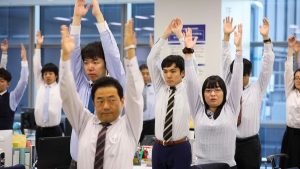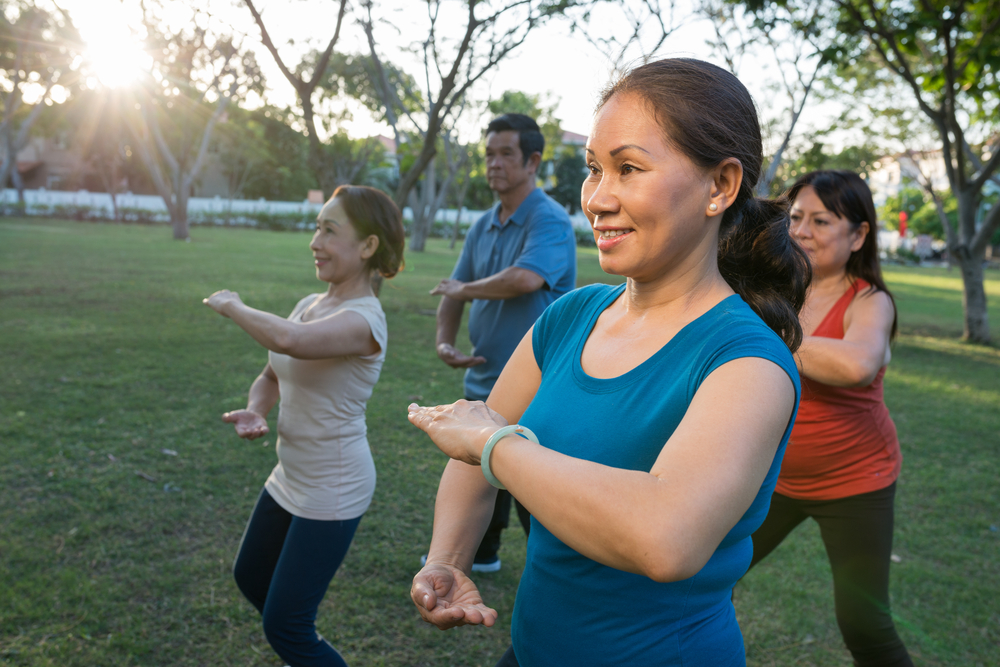Asia is a vast and diverse continent that is home to a rich variety of cultures, traditions, and customs. One of the things that many Asian cultures have in common is a strong emphasis on physical fitness and well-being.
For centuries, people in Asia have used various types of workouts to improve their health and maintain their fitness levels. In this article, we will explore some of the most popular traditional workouts from Asia.
Tai Chi
People have practised Tai Chi, an ancient Chinese martial art, for over 500 years. It is a low-impact workout that combines slow, gentle movements with deep breathing and meditation. Practitioners believe that Tai Chi improves balance, flexibility, and overall physical and mental health.
History: Tai Chi originated in China as a form of self-defence. Millions of people around the world now practice Tai Chi, as it evolved from a martial art to a more spiritual practice with a focus on promoting good health and wellbeing.
How it is done: Tai Chi is performed by moving the body slowly and smoothly through a series of poses or postures. The movements are typically circular and flow from one to the next. Participants often follow the lead of a teacher while performing Tai Chi in a group setting.
Health benefits: Tai Chi has been shown to improve balance, reduce stress, and lower blood pressure. It also helps improve the symptoms of various conditions, such as arthritis, fibromyalgia, and Parkinson’s disease, according to beliefs.
Yoga
Yoga is a spiritual and physical practice that originated in India over 5,000 years ago. The practice involves performing a series of postures, breathing exercises, and meditation techniques designed to promote physical and mental wellbeing.
History: Yoga has its roots in ancient Indian philosophy and was developed as a spiritual practice that aimed to unite the mind, body, and spirit. Over time, practitioners have widely adopted yoga as a more physical practice around the world.
How it is done: Yoga is typically performed on a mat and involves a series of postures, or asanas, that are held for varying lengths of time. People often combine these postures with breathing exercises and meditation techniques.
Health benefits: Yoga has been shown to improve flexibility, strength, balance, and overall physical fitness. It also reduces stress, improves mental health, and lowers the risk of certain health conditions such as heart disease and diabetes, according to beliefs.
Rajio Taiso

Rajio Taiso, also known as radio exercises, is a form of calisthenics that originated in Japan in the early 20th century. It involves a series of exercises that are performed to music, often broadcast on the radio or television.
History: Rajio Taiso was introduced in Japan in the 1920s as a way to improve the health and fitness of the general population. People still widely practice it in Japan and other parts of Asia today.
How it is done: Rajio Taiso involves a series of simple exercises, such as stretching, bending, and twisting, that are performed to music. The exercises aim to improve flexibility, strength, and overall physical fitness.
Health benefits: Rajio Taiso has been shown to improve physical fitness, reduce stress, and improve overall health and wellbeing. Experts believe that Radio Taiso can prevent and manage certain health conditions such as arthritis and osteoporosis.
Conclusion
People have been practicing these traditional workouts from Asia for centuries, and they remain popular today. These workouts offer a variety of health benefits. They are a great way to improve physical fitness, reduce stress, and promote overall well being. Whether you prefer the slow, gentle movements of Tai Chi, the spiritual and physical practice of yoga, or the simple and fun exercises of Rajio Taiso, there is something for everyone. So, why not try one of these traditional workouts from Asia and see how it can benefit your health and wellbeing? Remember to consult with your healthcare provider before starting any new exercise routine.














